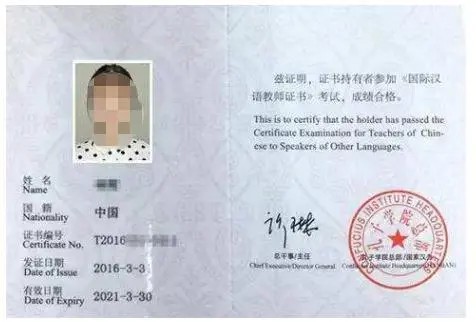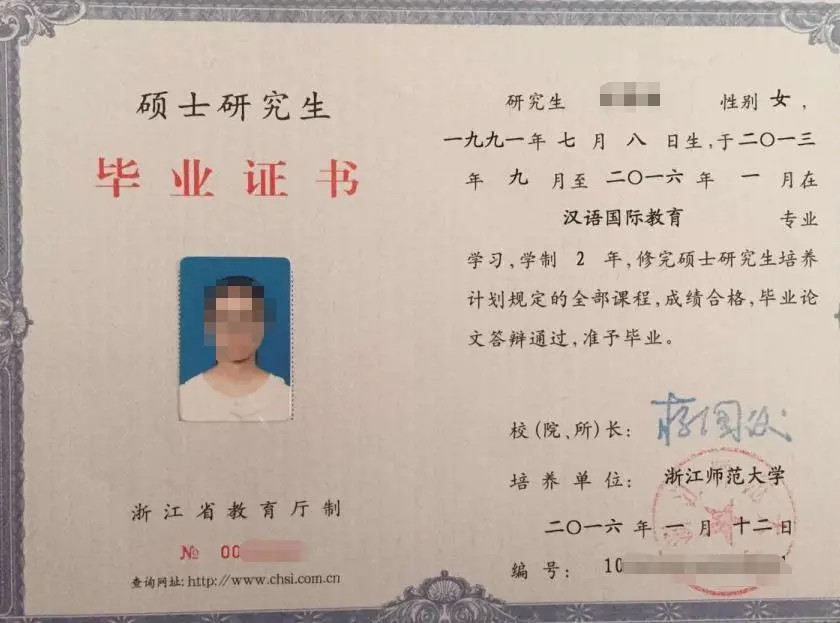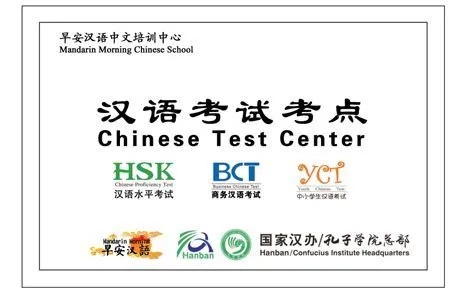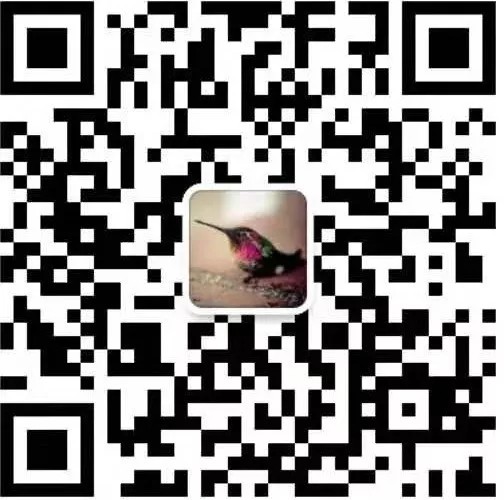| What are the easiest Chinese words you can pick up as you begin your Mandarin learning journey? We have them right here! Below are some of the most basic, commonly used characters in Chinese, the ones having the least number of character strokes.  1. 一 (yī) English: One The character for “one” in Chinese is simply one horizontal stroke. Incidentally, the characters for two 二 (èr) and three 三 (sān) are also simple horizontal strokes. One, two and three are quite easy to remember, since one is one stroke, two is two strokes, etc. For example: 我一个人来。(wǒ yī gè rén lái) = I came here by myself. 2. 人 (rén) English: Man The Chinese character for “man” is two simple strokes. The character looks like a person with legs apart. When you put two of these characters together, producing 人人 (rén rén), the meaning is “everyone.” 3. 日 (rì) English: Sun The character for “sun” looks like a box with a line in the middle. It’s supposed to approximate the image of the sun. 日 not only refers to the Earth’s source of light, but it also means “day.” It’s used when talking about dates, e.g. 7日 is the seventh day of whatever month you’re talking about. If you put two sun characters together 日日 (rì rì) it means “every day.” 4. 月 (yuè) English: Moon The character for “moon” originally resembled a crescent. If you look at the oracle bone script you’ll see what I mean. 月 not only refers to the nightly crescent, but it also means “month.” For example, 8月 7日 is how you’d write “August 7.” 5. 山 (shān) English: Mountain Can you tell that this character looks like a mountain range? Check out the ancient script, and you’ll see that it has much closer resemblance. When combined with other characters, it means even more things related to nature and scenery. For example, when combined with the character for “water,” 水 (shǔi), you get 山水 (shān shǔi), which means “landscape.” 6. 水 (shǔi) English: Water The character for “water” resembles a drip with some splashes. It was much more watery-looking thousands of years ago. To make use of another character we already learned (一), “one glass of water” is 一杯水 (yī bēi shǔi). 7. 大 (dà) English: Big See how the character for “big” looks like a person with arms and legs spread wide? When we combine 大 with another character we just learned (人) we get 大人 (dà rén) which means “adult,” or literally, “big man.” You could describe a big mountain as 大山 (dà shān). University is called 大学 (dà xué), literally “big school.” 8. 小 (xiǎo) English: Small Since we learned “big,” we have to learn its opposite, 小. Can you guess what “elementary school” is in Chinese? It’s 小学 (xiǎo xué) or “little school.” Note that 小 (xiǎo) only refers to size. When we talk about small amounts, we say 少 (shǎo). 9. 口 (kǒu) English: Mouth The character for “mouth” looks just like an opening. Here are some common phrases that use this character: 出口 (chū kǒu) exit 人口 (rén kǒu) population 10. 火 (hǔo) English: Fire Check out this flaming character’s evolution from the bone script version. Very cool. Here are some ways to use this character: 大火 (dà hǔo) big flame and 小火 (xiǎo hǔo) small flame, refer to heat levels for cooking; you might see these in recipes 火车 (hǔo chē) train 11. 男 (nán) English: Boy The character for “boy” is actually the combination of 田 (tián) farm and 力 (lì) work, referring to how traditionally men worked the land. You’ll see this character on the door of public washrooms. Here are a couple more instances using this character: 男人 (nán rén) man 男友 (nán yǒu) boyfriend 12. 女 (nǚ) English: Girl This character kind of looks like a lady with her legs crossed. Check out its interesting evolution throughout history. Here are two examples of how to use this character: 美女 (měi nǚ) pretty girl 少女 (shào nǚ) young lady 13. 天 (tiān) English: Sky Notice how the shape of this character points upwards, towards the sky. Two of these characters together 天天 (tiān tiān) means “every day” as well. 今天 (jīn tiān) today 昨天 (zúo tiān) yesterday 明天 (míng tiān) tomorrow 14. 生 (shēng) English: Birth The word “birth” also refers to life and the start of something. Here are some of the many ways to use it: 生日 (shēng rì) birthday 出生 (chū shēng) be born 15. 马 (mǎ) English: Horse The horse character resembles an animal with running legs and a long neck. Here are two more common uses of this character: 马上 (mǎ shàng) immediately 人马 (rén mǎ) troops, literally “men and horses” 16. 上 (shàng) English: Up Three strokes make up this character that looks like it’s pointing up. This character also refers to attending something or going somewhere. Here’s how we use it: 上课 (shàng kè) go to class 上班 (shàng bān) go to work 17. 下 (xià) English: Down This simple character looks like a downward arrow. It also refers to leaving or getting off someplace. 下班 (xià bān) get off work 下课 (xià kè) get off class 18. 工 (gōng) English: Work This I-beam character appears in many work-related terms as well. Here’s where you might see it: 工作 (gōng zùo) job 工人 (gōng rén) worker 19. 开 (kāi) English: Open This word can also mean “to start.” We use this character in these ways: 开工 (kāi gōng) start work 开口 (kāi kǒu) speak up 20. 心 (xīn) English: Heart This character looks a little like the organ it refers to. Here’s how to use this character: 小心 (xiǎo xīn) be careful 开心 (kāi xīn) happy # Our teachers # More than 10 years teaching experience Master Degree Certificate for teaching chinese as a foreign language   # About us # Founded in 2007 Chinese test and training center 200+ Chinese teachers 5000+ students  # Contact us# Name:fiona Phone number:021-52287809,13918358891 E-mail:info@mandarinmorning.com www.mandarinmorning.com If you are interested to join Mandarin Morning school or want more details about our services, scan the following QR code. ☟   Mandarin Morning Chinese test center attached to Confucius institute headquarters Authorized Test Center and Training Center for International Chinese Language Teacher Certificater 10 years+ ,200 teachers ,more 10000 students,200+companies  |